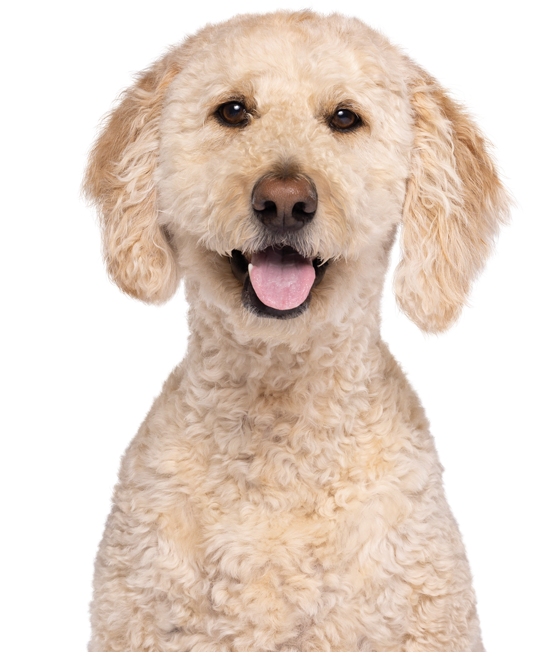Transitioning Your Pet to New Food
We’ve got the good (new food), the bad (it takes time), and the ugly (poop inspection is key).
Picture it: You've been thinking about switching your pet's food for a while. (And hey, who can blame you?) You've done your research, you've checked with your vet and you know you're ready. But what about your pet?
Changing their food abruptly all at once can be…not the prettiest. Anything sudden can lead to an upset stomach, vomiting, diarrhea and a decrease in appetite. Slow and steady is the name of the game. Generally, we recommend a schedule like this:
If your pet has a sensitive stomach or food allergies, extend the transition period over 14–21 days. The best way to know if they’re adjusting is simple: Watch their response. If you start to notice a change in appetite or obvious signs of an upset stomach, slow the schedule down and see if things shift.
Also, keep in mind a Pet Parenthood Truth: The proof is in the poop. Be on the lookout for significant changes in frequency, color and consistency of their stools. These are cues and clues about overall digestive health.
If you're wondering whether to switch up their food for variety's sake, consider this: Humans have around 9,000 taste buds, and dogs have only about 1,700. Translation: They don't get bored with food easily, so there's no need to change it just because of that.
Cats, though? Those loafs are a different story. Typically, when a cat has been eating the same thing for a while, they instinctually begin to crave new food. (Their biology supports this because they're excellent hunters.) It's known as the monotony effect — and it's hard to predict when it will strike. We recommend changing your cat's protein (from salmon to chicken, for example) once a month. If they suddenly stop eating for no apparent reason, you might want to switch things up more often.
Certain life-stage transitions can also require a change in food. Generally, puppies and kittens should begin eating adult formulas at 12 months old, but this can vary depending on your pet's breed, size and individual needs. Check with your vet to make sure.
Your pet should also switch to new food if they become sensitive to a particular ingredient. If you're looking for top-notch food without peas, potatoes, soy, wheat, corn (the list goes on…), we've got you covered. Shop our site and use our features filter to find exactly what you want.
Got a pet question for our blog experts to answer? Email us at support@halopets.com and we’ll get to work 🐾






